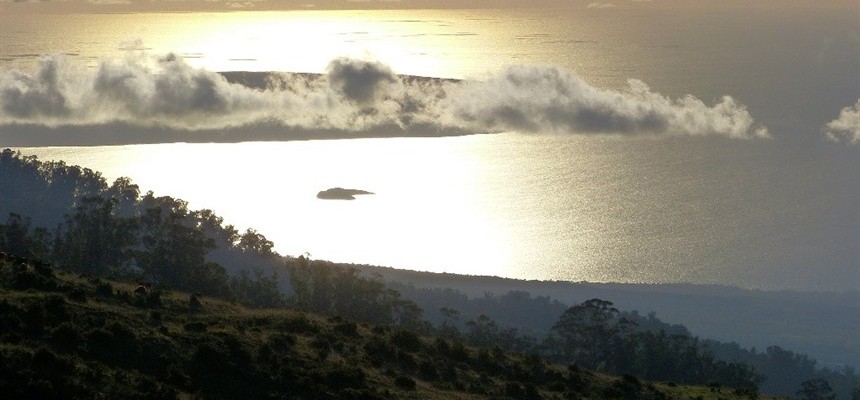
The reign of Pope Pius I (140-154) showed that by the mid-second century, Rome was the center of Christian faith and culture. The concept of a group of presbyters running the Church was gone and the pope was the go-to guy, so to speak, for all things Christian. Pius I was accepting visitors from Gnostics, borderline sects and well-known apologists from around the Mediterranean.
It is said that Pius was the son of Rufinus, a man from Aquileia. The town is located 60 miles northeast of Venice, just south of the Julian Alps and at the head of the Adriatic, six miles from the sea. He was born at the end of the first century, a time peace and prosperity for the town. It was known for its roads leading out of the Empire. It was also famous for its excellent glassworks, mostly made by the Jewish inhabitants, metal forging, amber trade with the Baltic and its wine exports. It also had brickyards. These were all labor-intensive industries. And it would be easy to see the use of slaves in the city.
Pius seems to be related to Hermas, author of the text, “The Shepherd of Hermas”. Hermas described himself as once a slave, now a freedman. If the supposition is correct that Pius and Hermas were brothers, then we can assume that Pius, too, was once a slave.
Pius, like his predecessor, Hyginus, had to stand up to the Gnostics, Valentian, Cerdon and Marcion. It appears that Pius was obligated to excommunicate Marcion in 144. Marcion taught that the God of the Old Testament was not the God of the New Testament. His “God” was not the Creator. He also developed a canon of books which included part of the Gospel of Luke and the epistles of Paul. This lead the orthodox Christians, over his lifetime, to evaluate books on their merits as to whether they were divinely inspired or just well written. This led to the development of the current New Testament.
St. Justin Martyr, an apologist who argued that the seeds of Christianity preceeded Jesus, spoke in Rome and developed students there. Pius was sure to have welcomed him, considering all the negative teachings that were going on simultaneously. Justin was martyred about ten years after the death of Pope Pius.
Pope Pius I is given great credit in establishing customs and norms of the Church. He wrote a decree indicating that Easter should only be on a Sunday, despite whatever customs had been practiced so far. However, it was up to Pope Victor I, at the end of the century, to enforce the decree. He also declared punishment for spilling the Holy Blood; forty days for spilling onto the floor, 3-9 days for spilling onto the altar, depending on how much spilled.
This Pope also ordained many priests and bishops for the growing Church. He is said to have consecrated the home of St. Pudens so as to make it a church. It had been the habitual dwelling place for many of the Roman bishops from early times.
As with all the early popes, St. Pius I helped uplift the small Christian sect into a prominent, well-organized, established Church during these early years. Thus, when the Church was declared legal at the Edit of Milan (314AD), the populace came out from the catacombs all set to take their place with all signs of a structured organization already in place.
There are no definitive proofs that Pius was martyred, except for comments by later writers. He is supposed to be buried on Vatican Hill with other early men of the Church. His feast day is July 11.

Recent Comments